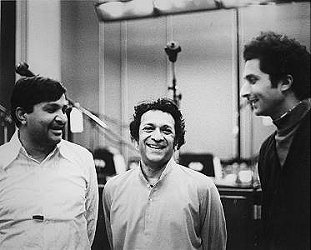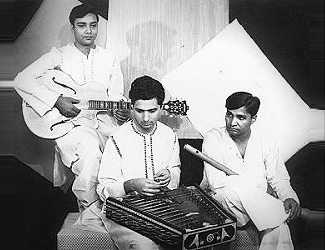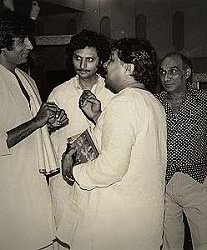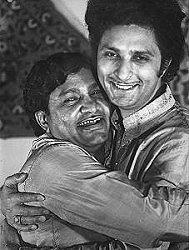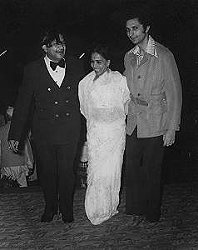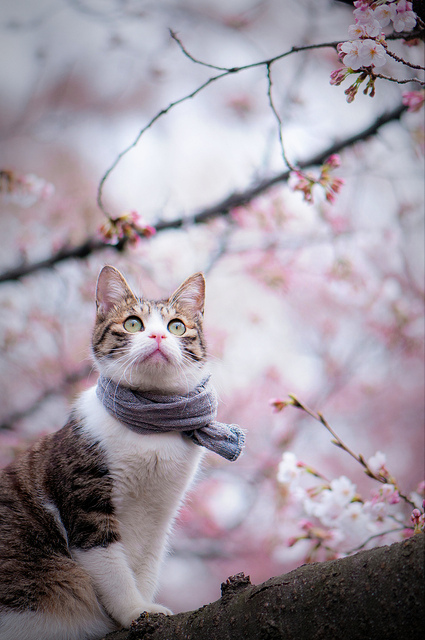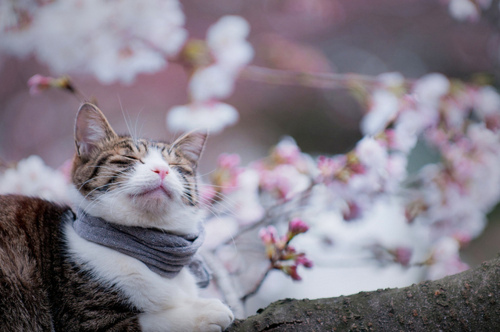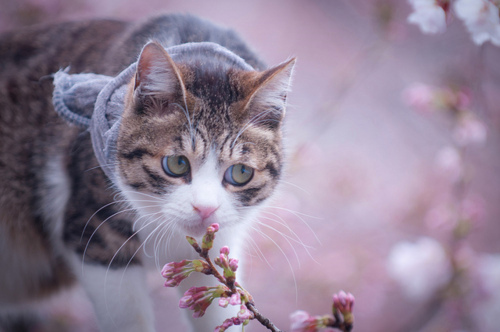Carnival Cruise Lines offer many wonderful and delicious food choices onboard. Carnival offers “taste of the nations” buffet during lunch featuring an international cuisine every day during lunch. We’ve seen Mexican, Caribbean, Italian, French, Chinese, Vietnamese, and Indian food on offer during lunch in addition to the regular offerings at the Lido buffets.
Contact Carnival guest services no less than two weeks before embarkation to request Indian vegetarian or non-vegetarian food. Indian food is a fairly popular choice, especially with the increasing popularity of cruising among tourists from South Asia and the United Kingdom. Also contributing is the emergence of Indian food emerging as the de facto national cuisine in England. For this reason, even if guests do not pre-book Indian vegetarian food, Carnival’s ships tend to stock up on constituents of Indian food.
Carnival Cruise’s Typical 5-Day Rotation of Vegetarian Indian Food
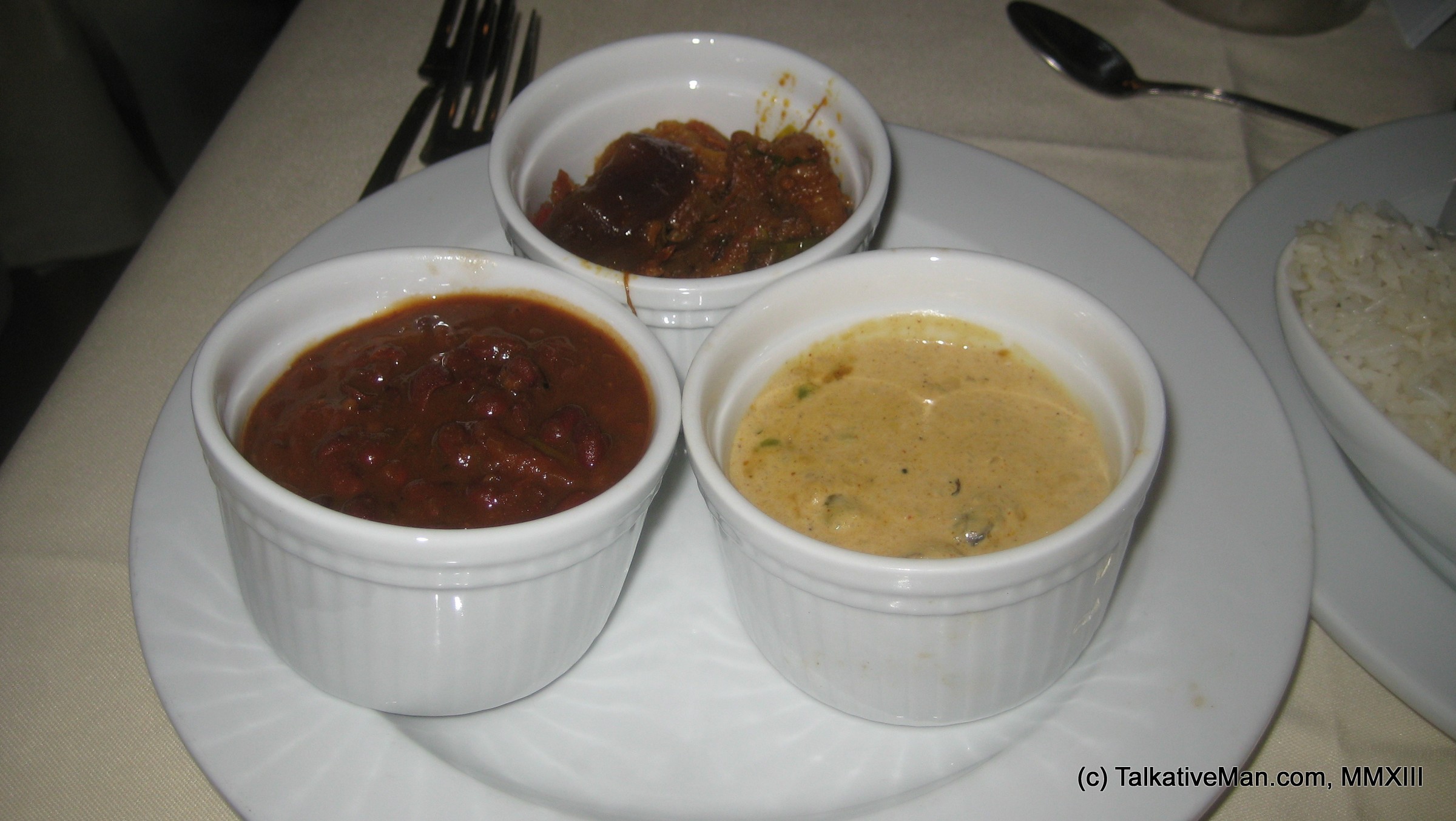
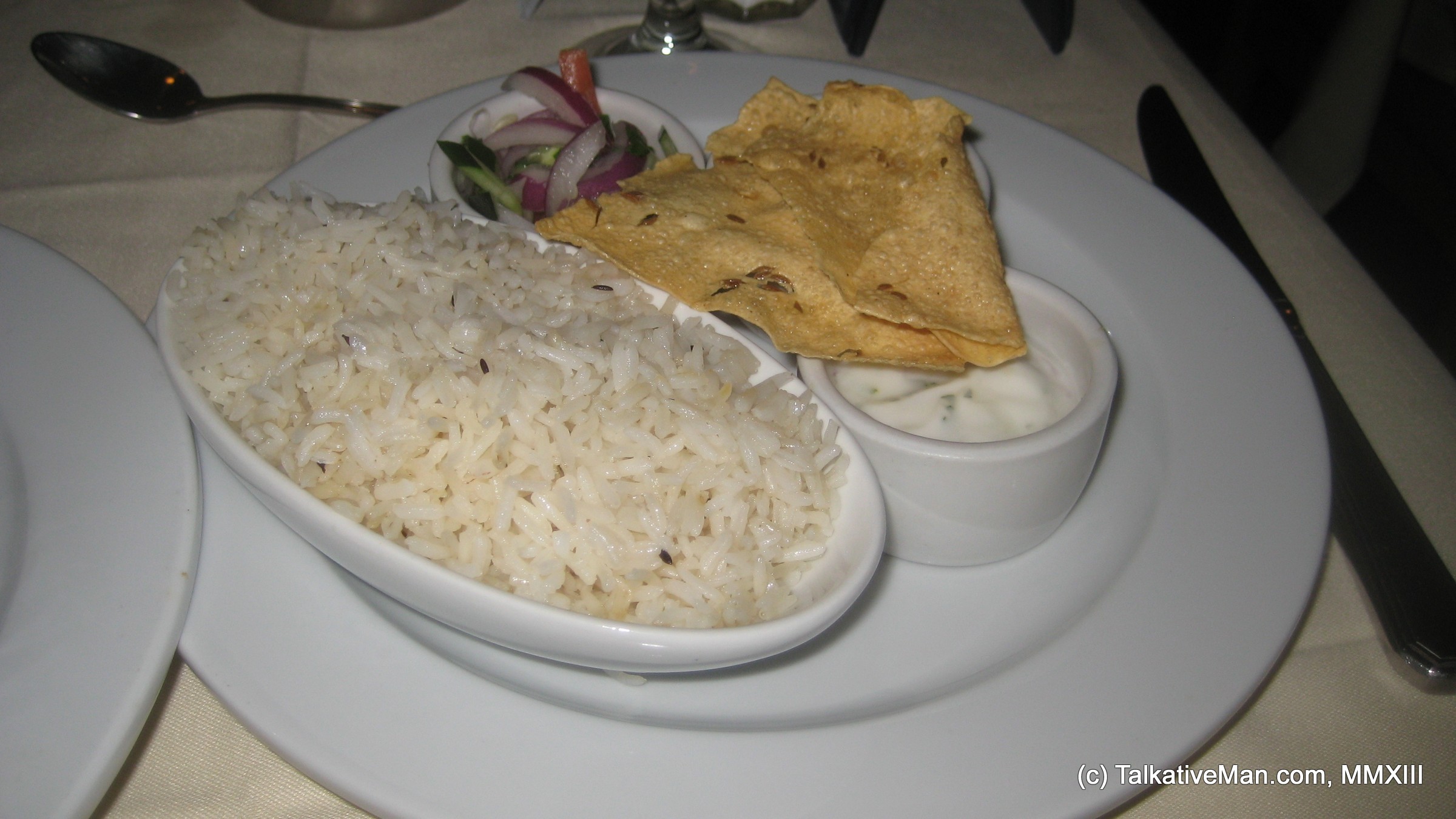
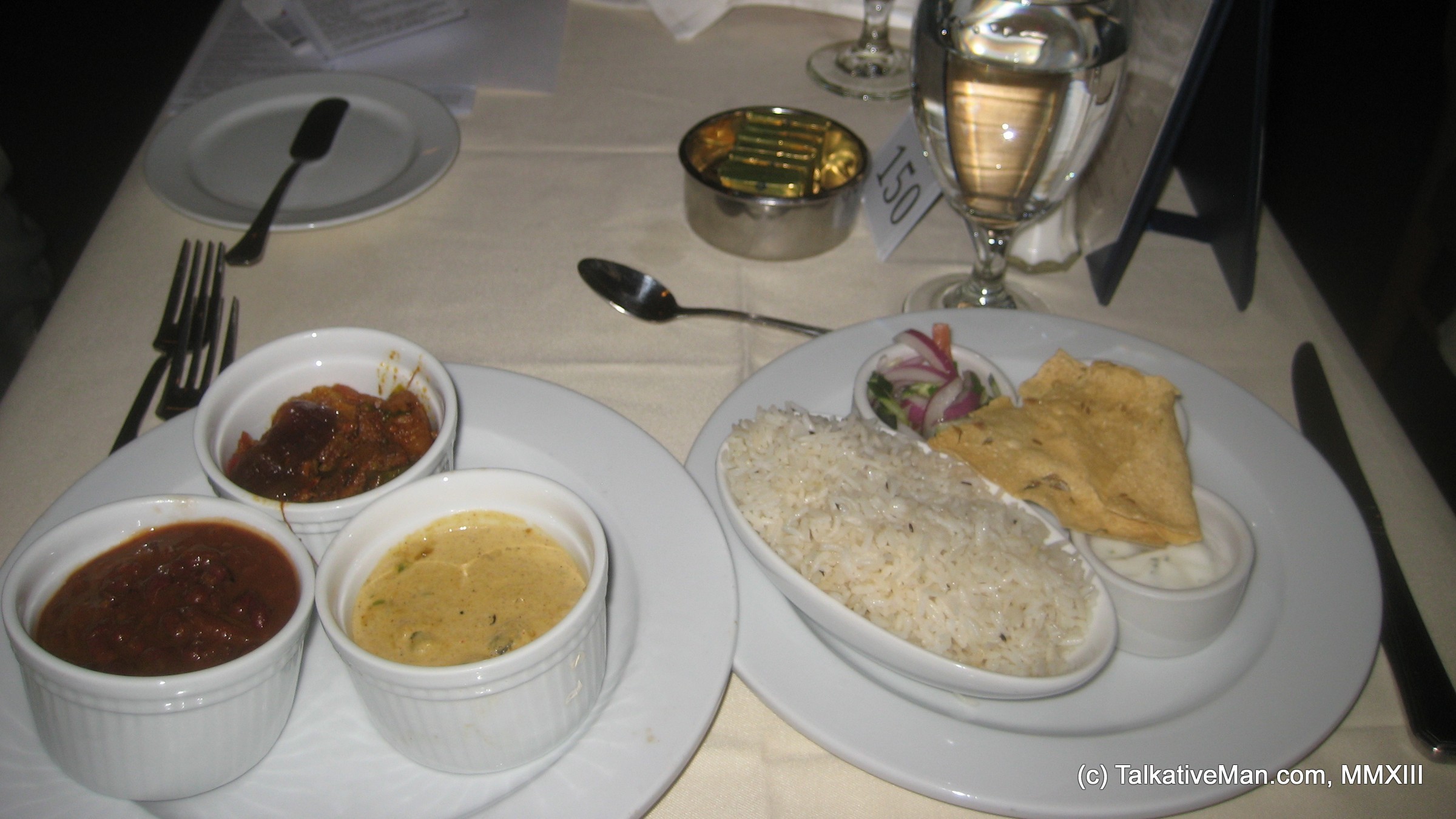
Dinner on Day 1
- Aloo Shimla Mirch: potatoes with green bell pepper
- Khumb Matar Dahi Wale: mushroom and peas in yogurt sauce
- Basmati Jeera Pulao: basmati rice with roasted cumin seasoning
- Rajmah Raseela: red kidney beans in spicy gravy
- Traditional Accompaniments: Raita (yoghurt relish), Achar (Indian pickle), Roasted Papad (crisps), and Kachumber Salad
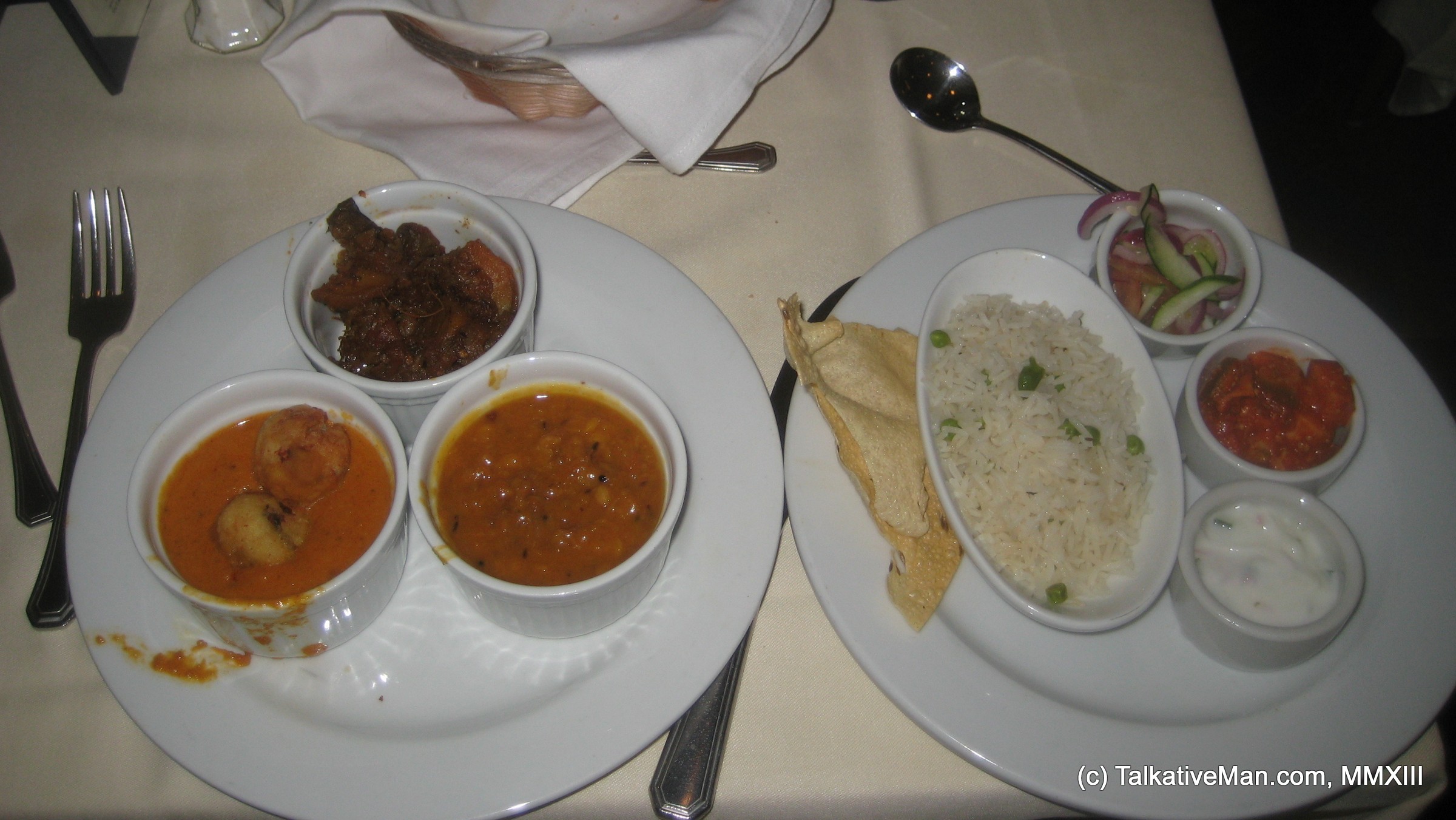
Dinner on Day 2
- Aloo Baingan: potatoes with eggplant
- Malai Kofta: fried cheese-balls in creamy gravy
- Basmati Matar Pulao: basmati rice with stir-fried peas
- Channa Dal Masala: spicy yellow split peas
- Traditional Accompaniments: Raita (yoghurt relish), Achar (Indian pickle), Roasted Papad (crisps), and Kachumber Salad
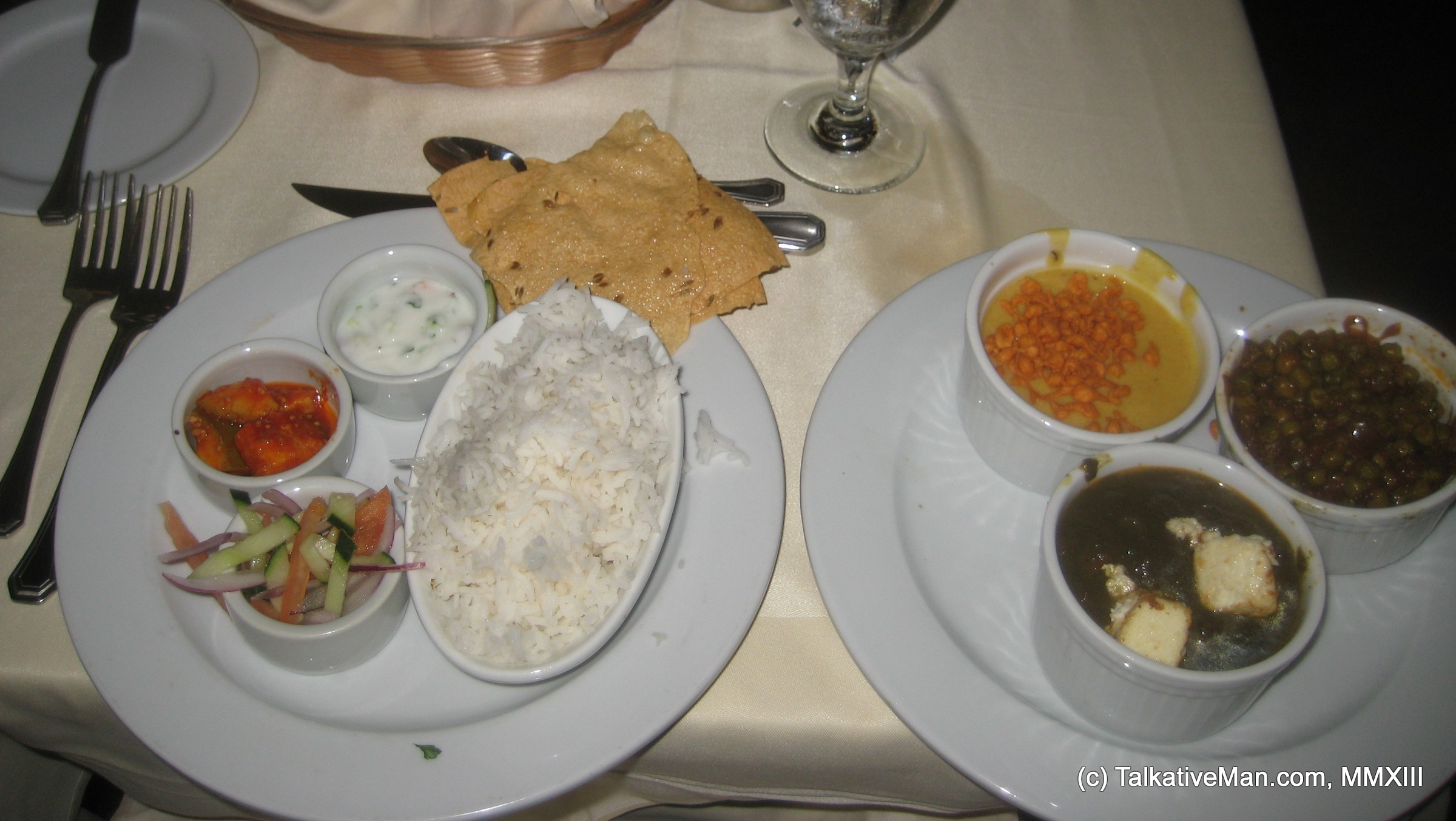
Dinner on Day 3
- Boondi Kadi: fried chickpea pearls in thick chickpea-yoghurt gravy
- Palak Paneer: spinach and Indian cheese
- Basmati Safed Chawal: plain basmati rice
- Sookhe Mattar Ki Subzi: green peas with spices
- Traditional Accompaniments: Raita (yoghurt relish), Achar (Indian pickle), Roasted Papad (crisps), and Kachumber Salad
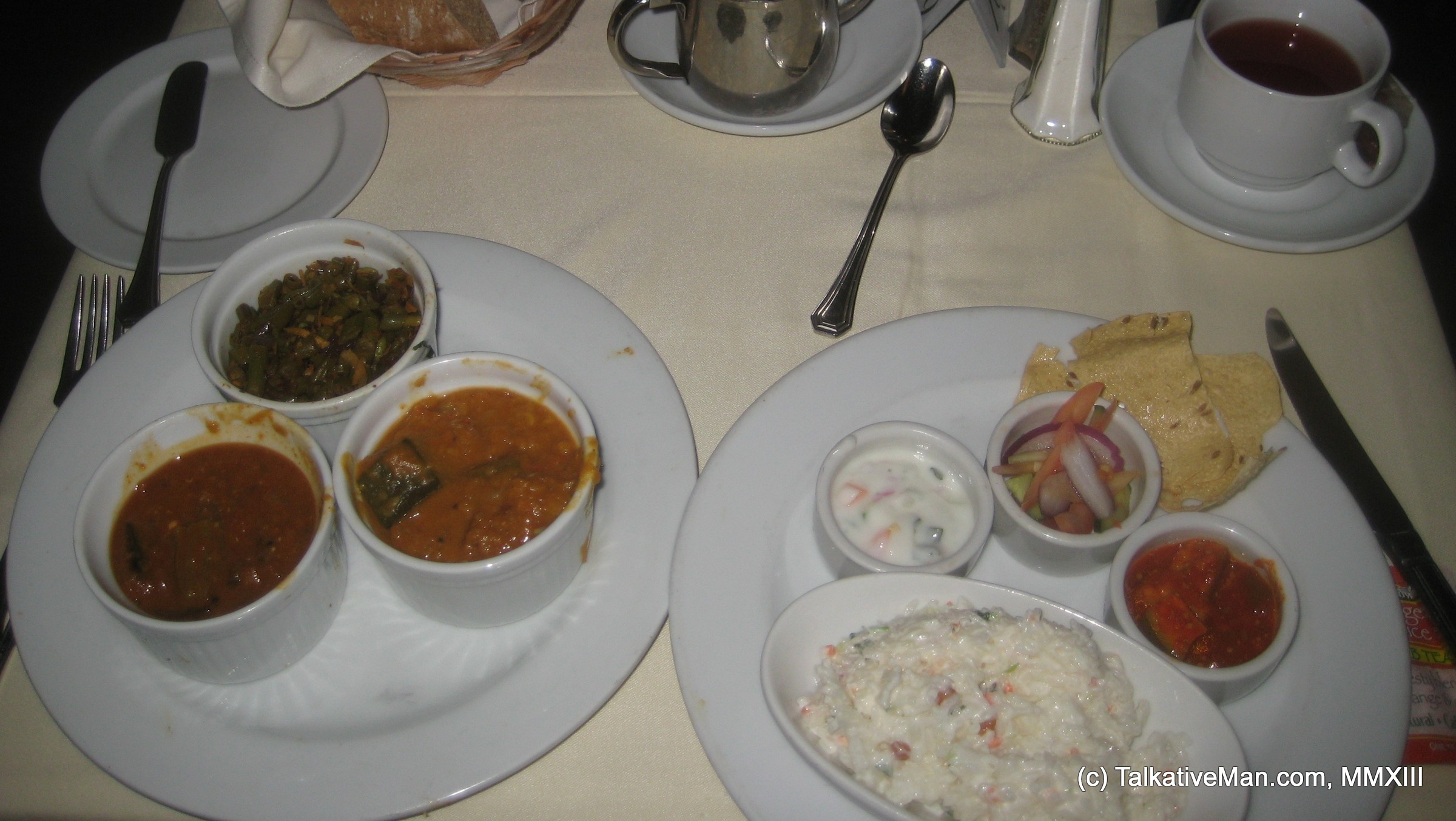
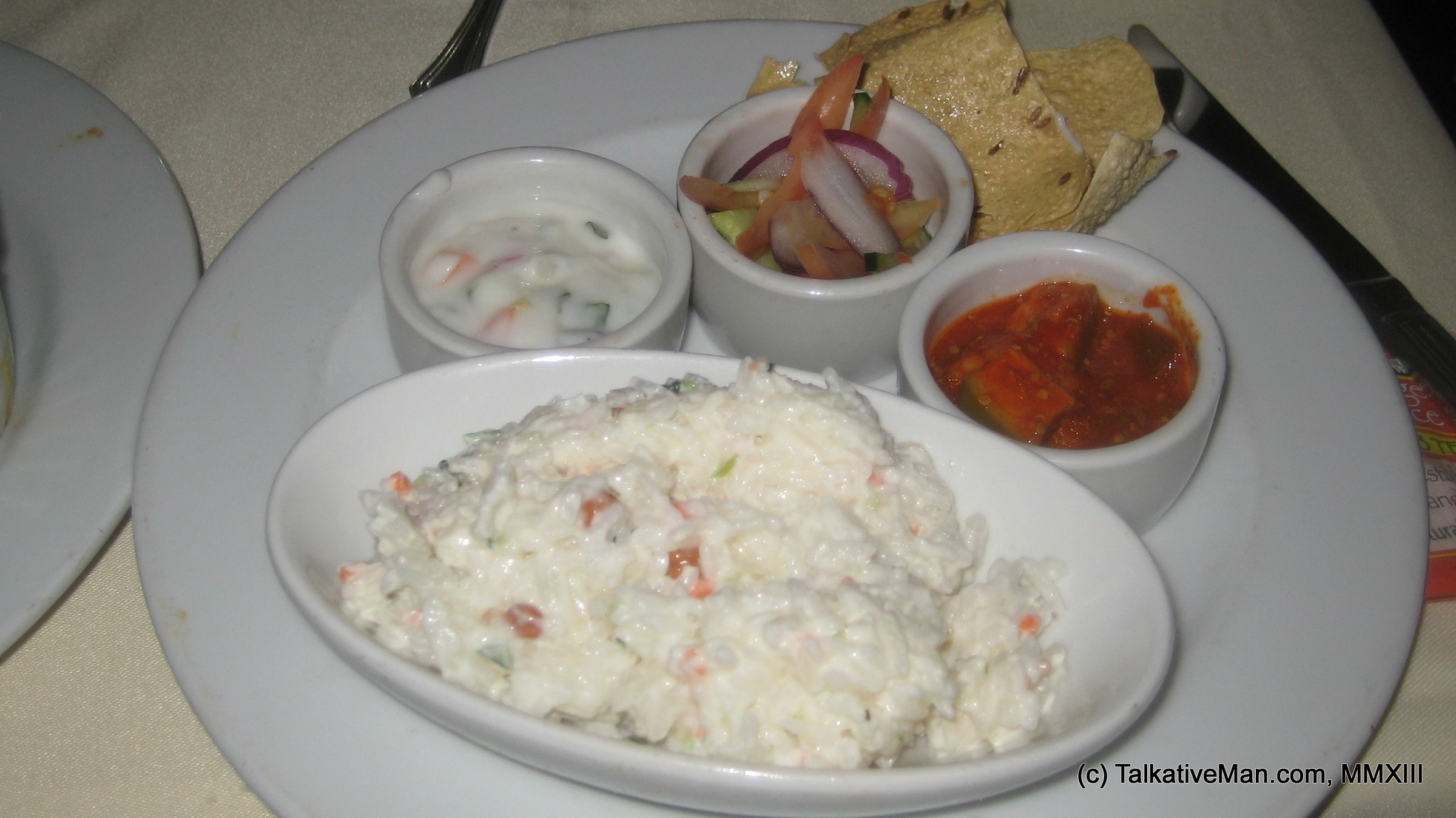
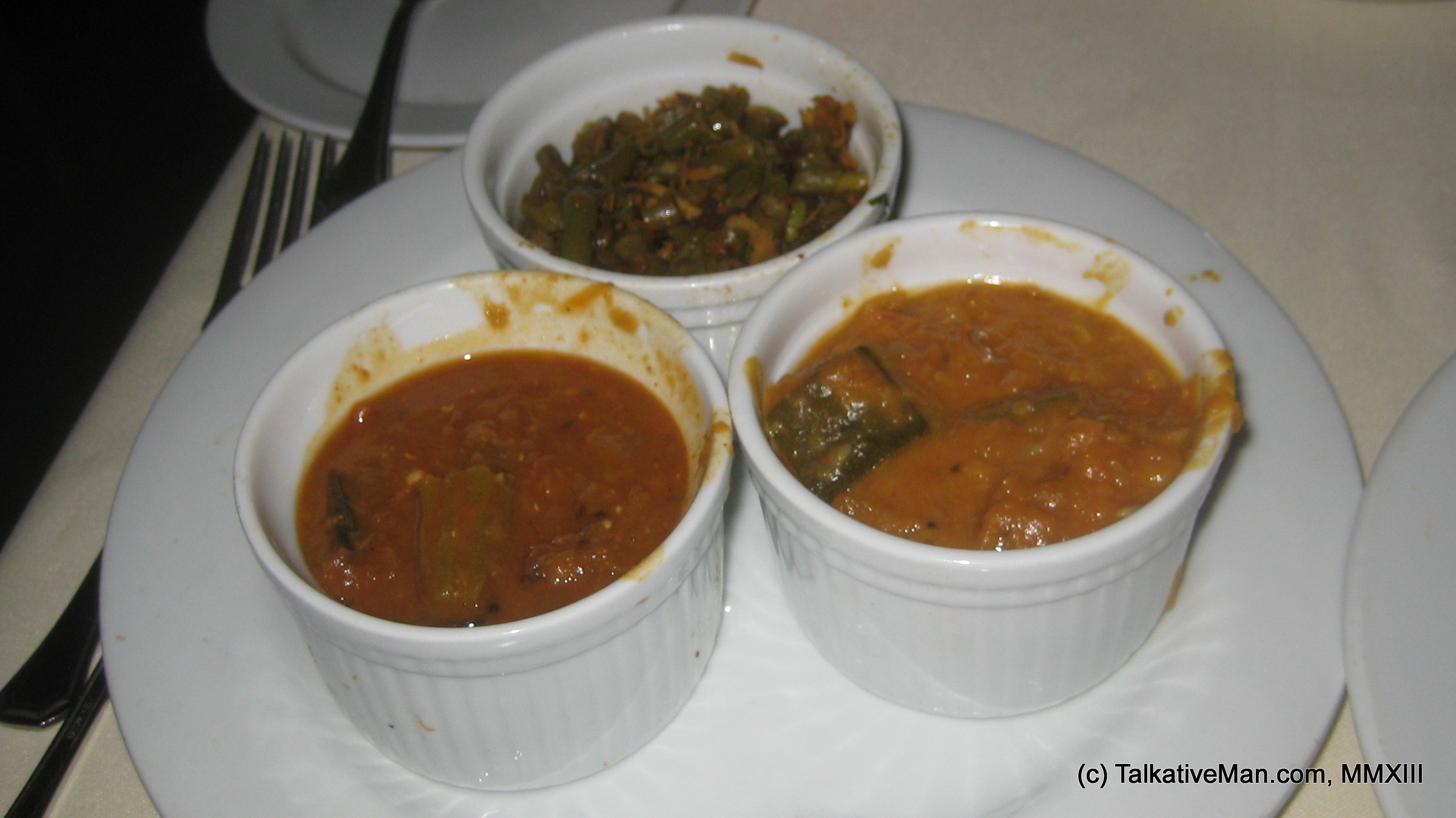
Dinner on Day 4
- Green Beans Poriyal: curry of green beans in South Indian-style
- Zucchini Kootu: stew of zucchini and lentils in South Indian-style
- Dahi Bhath: basmati rice in yogurt in South Indian-style
- Sambar: vegetable stew with tamarind in South Indian-style
- Traditional Accompaniments: Raita (yoghurt relish), Achar (Indian pickle), Roasted Papad (crisps), and Kachumber Salad
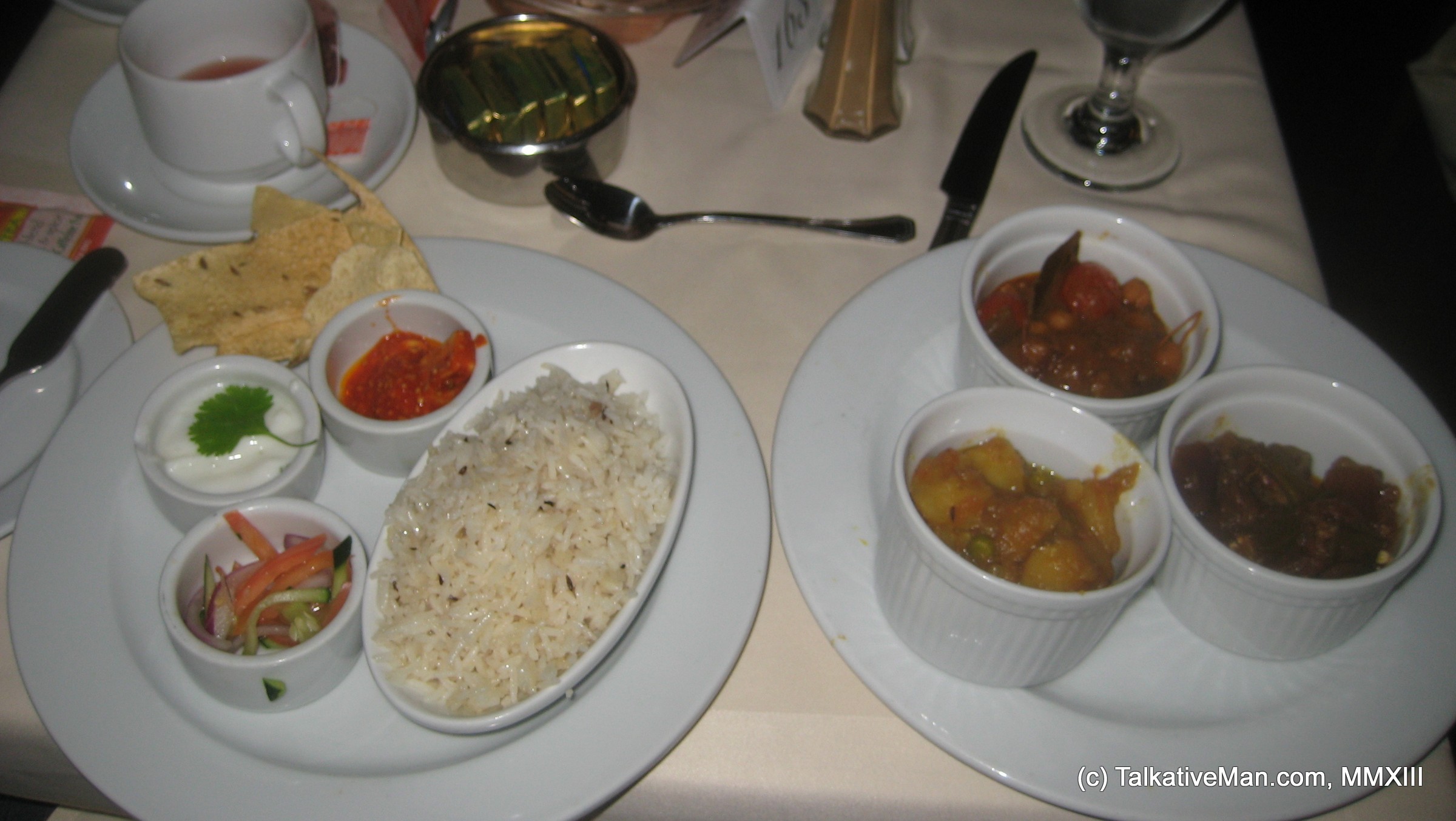
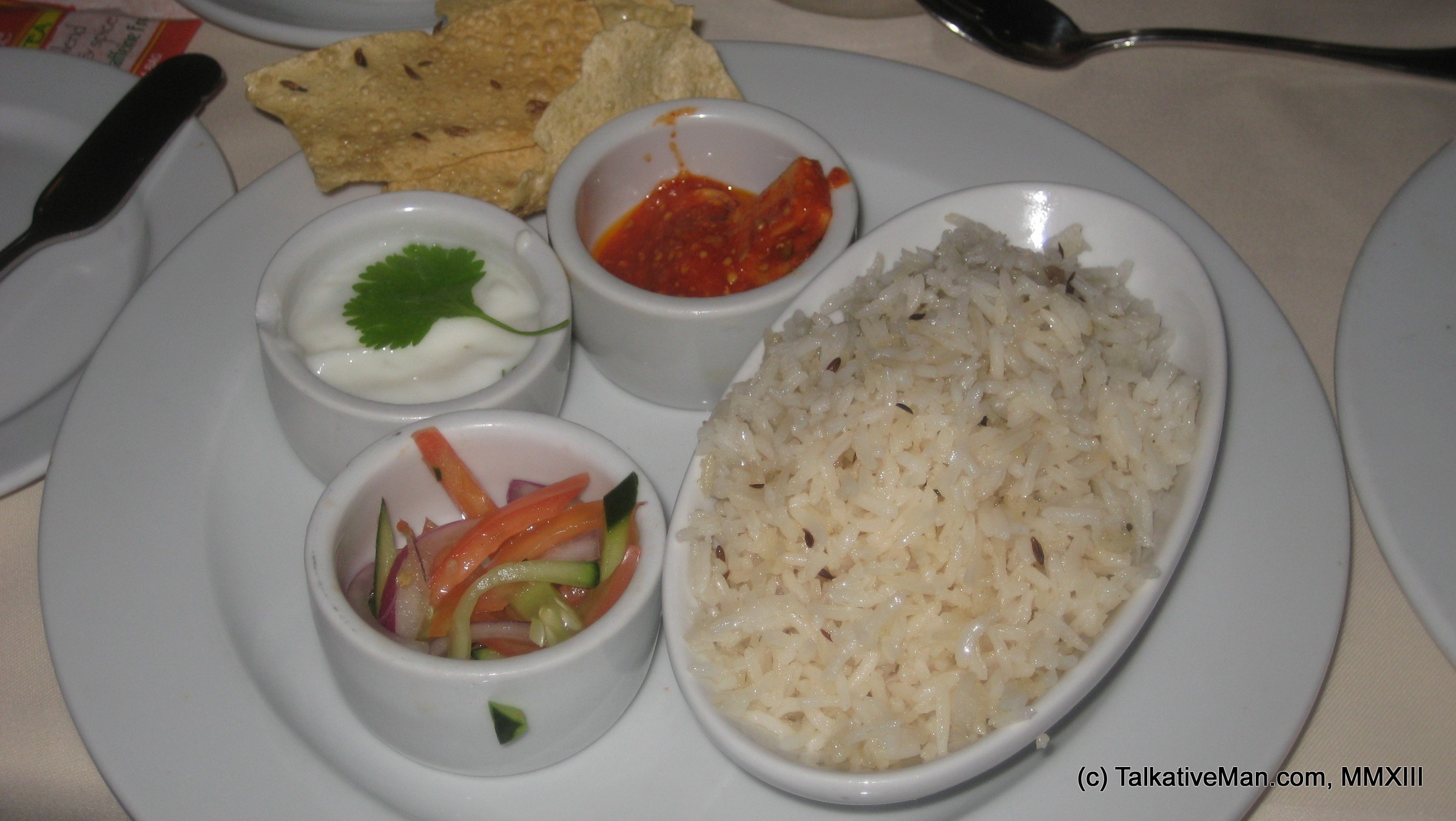
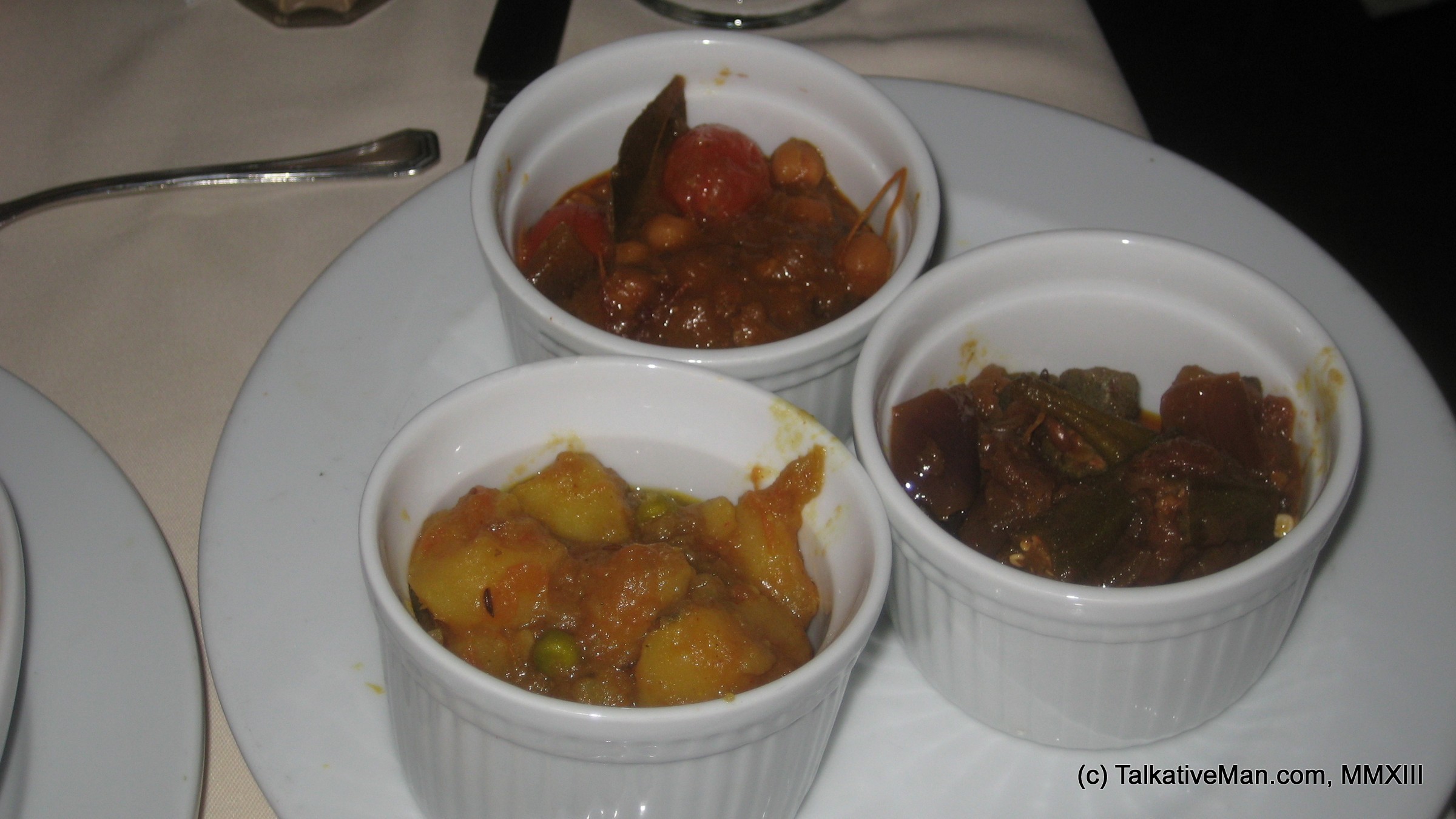
Dinner on Day 5
- Bhindi Masala: okra with spices
- Jeera Aloo Matar: potatoes and peas garnished with cumin
- Basmati Onion Pulao: basmati rice with glazed onions
- Chole Pindi: chickpeas with spices
- Traditional Accompaniments: Raita (yoghurt relish), Achar (Indian pickle), Roasted Papad (crisps), and Kachumber Salad
Carnival Cruise’s Typical 5-Day Rotation of Non-Vegetarian Indian Food
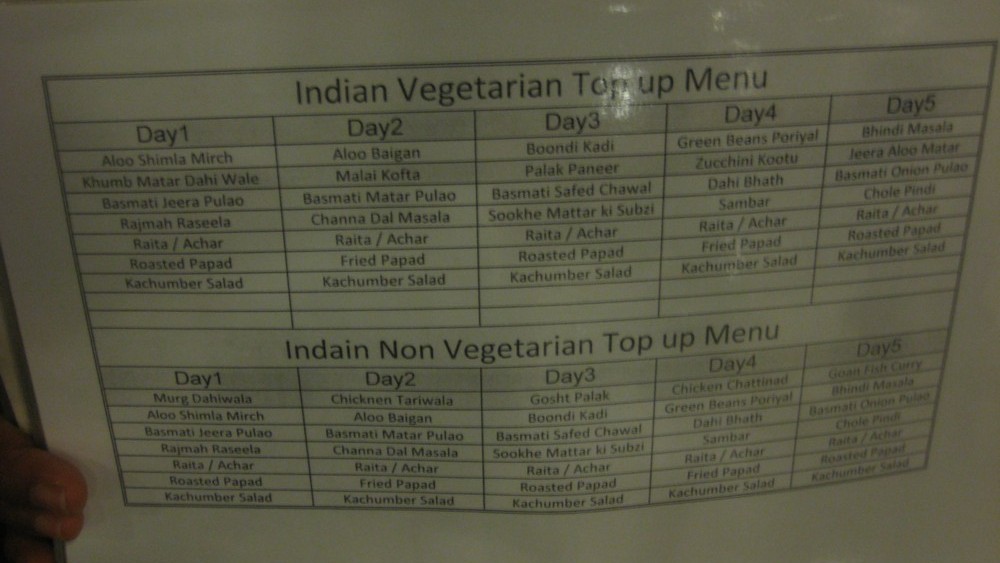
Dinner on Day 1
- Murg Dahiwala: chicken in yoghurt sauce
- Aloo Shimla Mirch: potatoes with green bell pepper
- Basmati Jeera Pulao: basmati rice with roasted cumin seasoning
- Rajmah Raseela: red kidney beans in spicy gravy
- Customary Accompaniments: Raita (yoghurt relish), Achar (Indian pickle), Roasted Papad (crisps), and Kachumber Salad
Dinner on Day 2
- Aloo Baingan Baingan: potatoes with eggplant
- Chicken Tariwala: chicken with spices
- Basmati Matar Pulao: basmati rice with stir-fried peas
- Channa Dal Masala: spicy yellow split peas
- Customary Accompaniments: Raita (yoghurt relish), Achar (Indian pickle), Roasted Papad (crisps), and Kachumber Salad
Dinner on Day 3
- Gosht Palak: spinach and (sheep) mutton curry
- Boondi Kadi: fried chickpea pearls in thick chickpea-yoghurt gravy
- Basmati Safed Chawal: plain basmati rice
- Sookhe Mattar Ki Subzi: green peas with spices
- Customary Accompaniments: Raita (yoghurt relish), Achar (Indian pickle), Roasted Papad (crisps), and Kachumber Salad
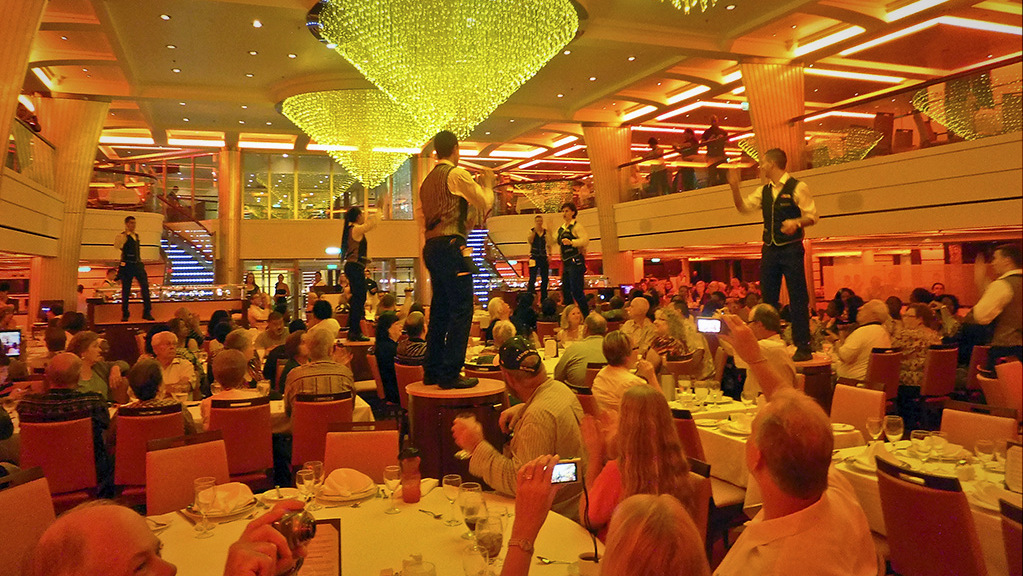
Dinner on Day 4
- Chicken Chattinad: chicken cooked in Chettinad-style
- Green Beans Poriyal: curry of green beans in South Indian-style
- Dahi Bhath: basmati rice in yogurt in South Indian-style
- Sambar: vegetable stew with tamarind in South Indian-style
- Customary Accompaniments: Raita (yoghurt relish), Achar (Indian pickle), Roasted Papad (crisps), and Kachumber Salad
Dinner on Day 5
- Goan Fish Curry: fish with spices cooked as in Goa-style
- Bhindi Masala: okra with spices
- Basmati Onion Pulao: basmati rice with glazed onions
- Chole Pindi: chickpeas with spices
- Customary Accompaniments: Raita (yoghurt relish), Achar (Indian pickle), Roasted Papad (crisps), and Kachumber Salad
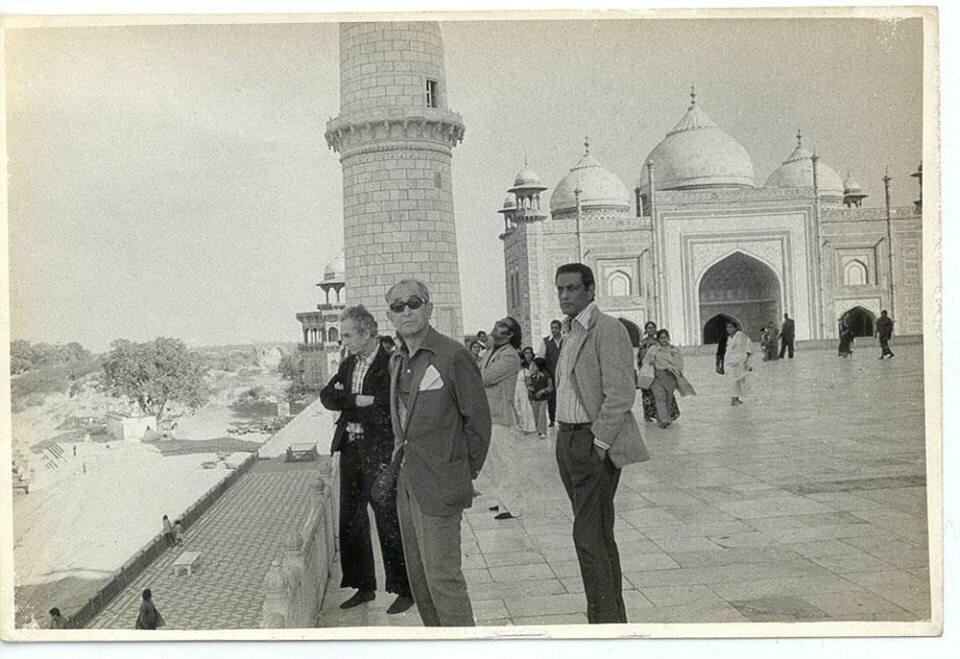
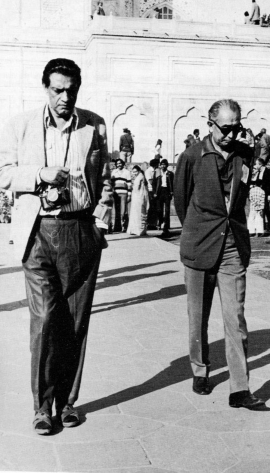 Three of the greatest auteurs of world cinema, India’s Satyajit Ray, Italy’s Michelangelo Antonioni, and Japan’s Akira Kurosawa at the Taj Mahal around the mid-1970s.
Three of the greatest auteurs of world cinema, India’s Satyajit Ray, Italy’s Michelangelo Antonioni, and Japan’s Akira Kurosawa at the Taj Mahal around the mid-1970s.